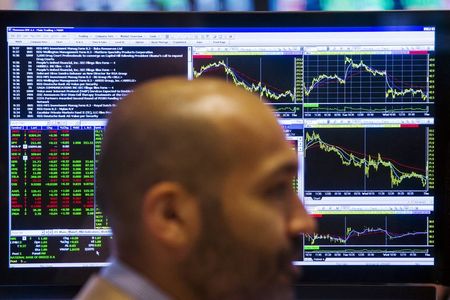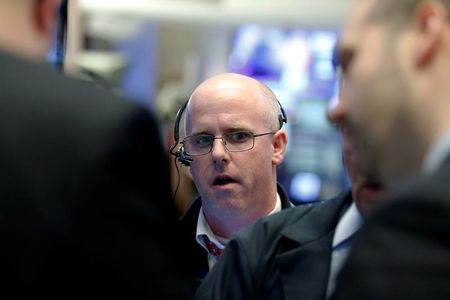Follow us on LinkedIn
Behavioural economics studies the psychology that relates to the decision-making process of investors. It looks at how investors allow psychological factors to impact their decisions. It goes against traditional finance theories, which assume that individuals don’t let biases affect their decision-making. Behavioural economics also studies the subsequent effects on the markets of the decisions made by investors.
There are various areas of behavioural economics that are relevant to investors. There are some theories that also describe how individuals make choices when faced when multiple options. One of these is the prospect theory.
What is Prospect Theory?
The prospect theory suggests that investors value gains and losses differently. Therefore, investors make decisions based on the expected gains rather than the estimated losses. In essence, the theory looks at how investors make decisions when presented with various options that involve risks, probability, and uncertainty.
The prospect theory suggests that when investors are given various choices with the same probabilities, they will make decisions based on gains. Therefore, they are more likely to choose decisions that will ascertain that they will retain their wealth rather than increase it. In short, this theory suggests that investors will choose the option shown in terms of gains rather than one presented in loss terms.
How does Prospect Theory work?
The prospect theory of behavioural economics comes from the work of two psychologies, Amos Tversky and Daniel Kahneman. They formed a basis to describe how people make decisions when faced with various choices. They developed the prospect theory by framing risky choices. Their study suggested that people are loss-averse as they dislike losses more than equivalent gains.
Another name for the prospect theory is the “loss-aversion” theory, as it describes the behaviour of risk-averse individuals. The theory primarily proposes that losses cause a greater emotional impact on decision-makers. Therefore, investors react differently to potential losses and potential gains. The theory also suggests that people make decisions based on potential gains or losses relative to their situation.
What are the phases of Prospect Theory?
The prospect theory proposes that there are two faces to the decision-making process of individuals. These are as follows.
Editing Phase
The editing phase is the initial phase when individuals characterize options for a choice. It is known as framing effects. Framing effects describe the way in which the order, method, or wording of the substance of choice differs according to the presentation. Once an individual goes through this phase, they can enter the second phase of prospect theory.
Evaluation Phase
The evaluation phase suggests that individuals are likely to behave as if they can give a value to each outcome. Usually, they make a decision based on the potential consequences and go with the option that has a higher utility. The evaluation phase depends on statistical analysis to measure and compare each outcome of a given decision. This phase consists of two-component elements. These are the value function and the weighting function
Conclusion
Prospect theory comes from behavioural economics and suggests that decision-makers perceive losses and gains differently. This theory describes the risk-averse behaviour shown by individuals when presented with several choices. It also proposes that individuals make decisions based on gains on losses based on their situations. The prospect theory has two phases, including the editing and the evaluation phase.
Further questions
What's your question? Ask it in the discussion forum
Have an answer to the questions below? Post it here or in the forum




